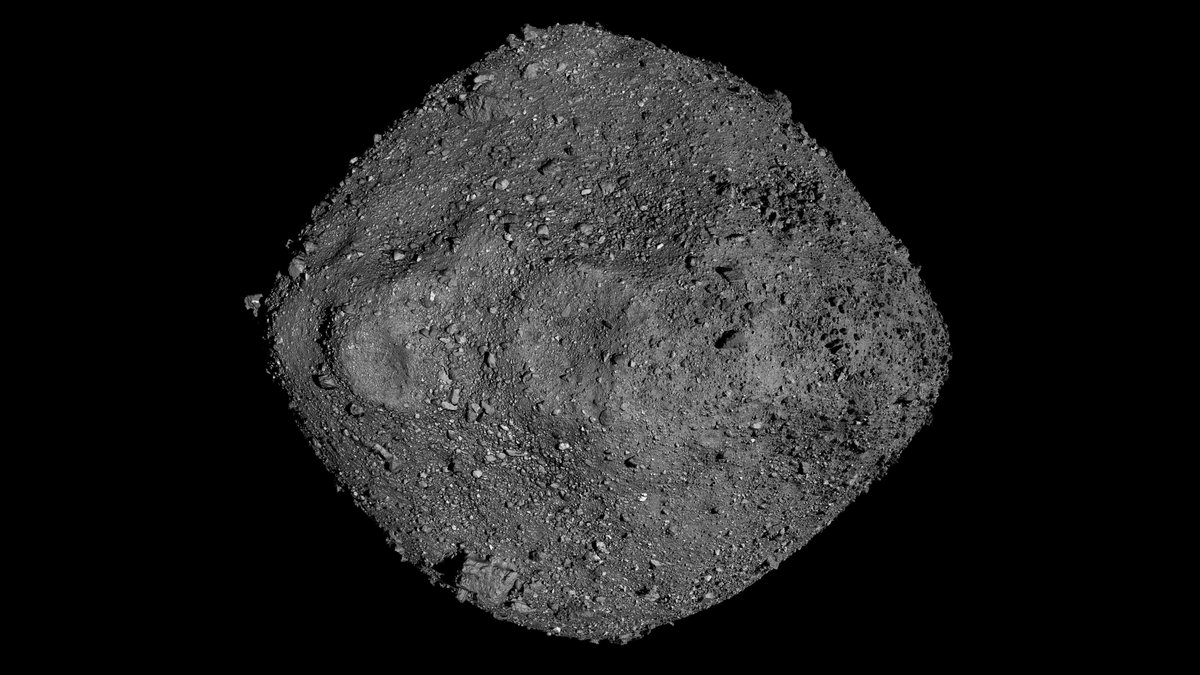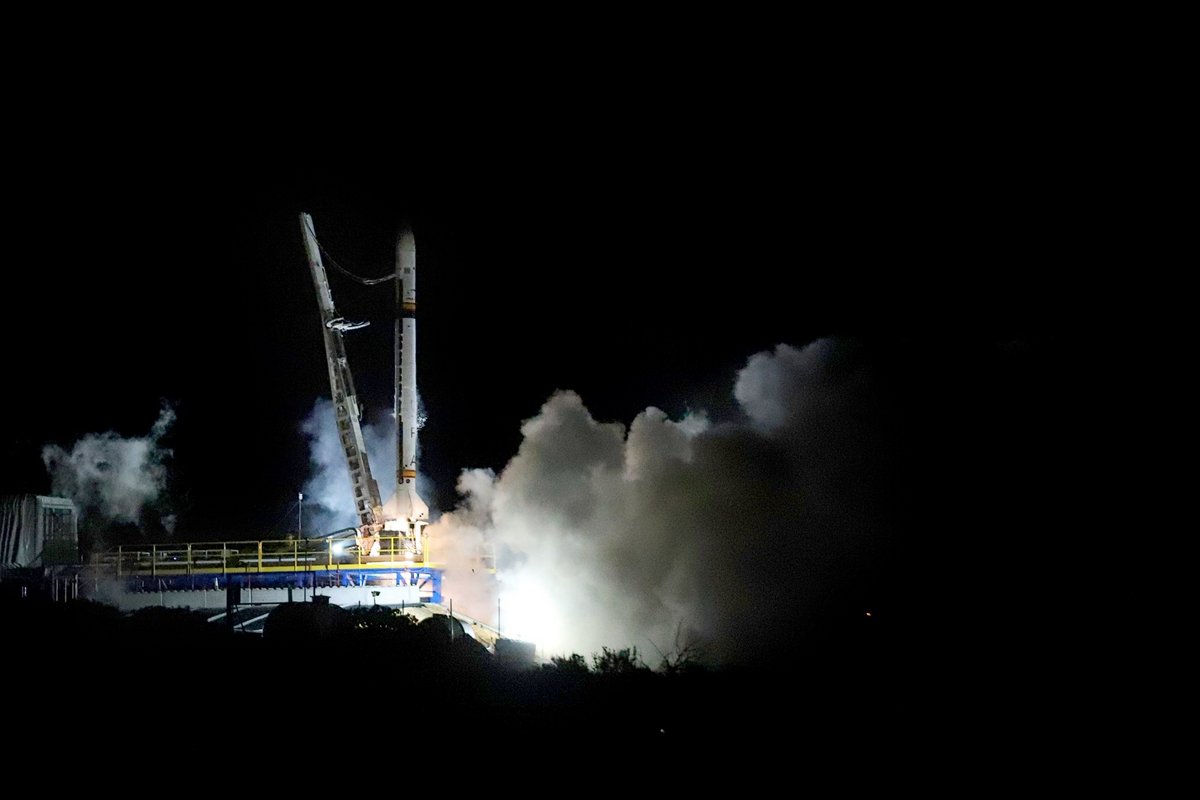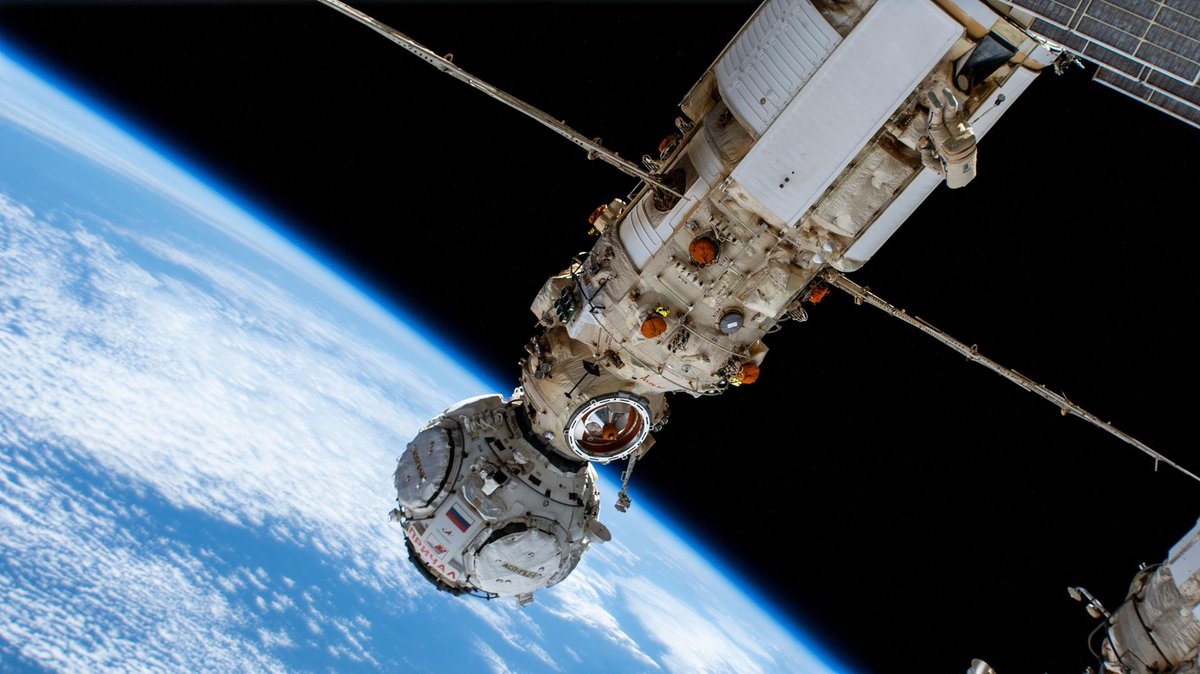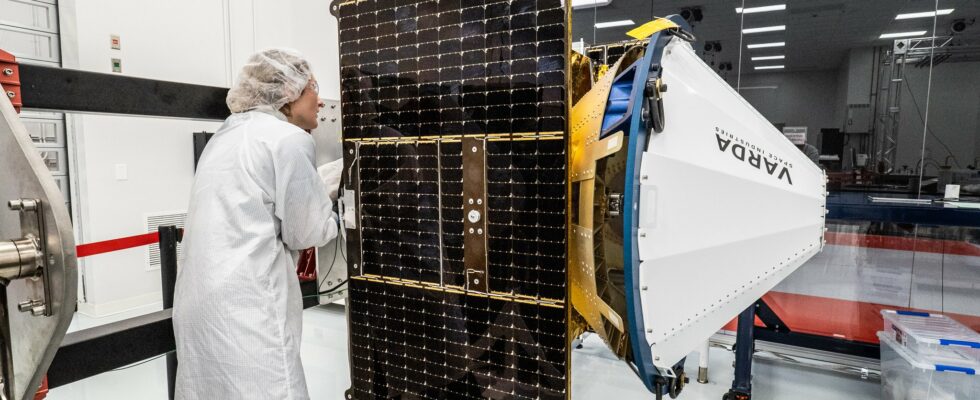Like every year, 2023 was punctuated by stinging setbacks and others with less significant consequences. Some quickly found an echo on Clubic and others remained under the radar. But at the end of December, it is time to face reality. They weren’t failures, they just didn’t work.
10: That’s not his name!
The list begins with a surprising revelation, but of little consequence. Russia is setting up its Sfera constellation within a few years, focused on state connectivity needs, as well as other services such as imagery. We learned this year that Sfera is called that… because Vladimir Putin got the name wrong when announcing the creation in 2018. The national agency, Roscosmos, then called it Ehfir (Ether) and n I hadn’t planned any changes, but after this little blunder, everything was quickly renamed. The point is not to offend the head of state.
9: The disappearing toolbox
Here is another blunder, which dates from November 1st. On a spacewalk outside the International Space Station, the two American astronauts Jasmin Moghbeli and Loral O’Hara are both at the heart of their first spacesuit experience, 400 km above the Earth. The outing goes well, but the two astronauts no longer have time to take care of an antenna, and ask questions to the teams on the ground. A moment of inattention and presto! A bag containing several tools goes adrift. An error which, once the “debris” has been properly cataloged, remains anecdotal: within a year or two, the bag will disintegrate in the upper layers of the atmosphere.
8: A parachute that almost didn’t come out
This time, it didn’t go far. In September, the OSIRIS-REx mission capsule brings back to Earth the invaluable samples taken from the asteroid Bennu at the beginning of the decade. It passes through the atmosphere and deploys its parachute above the desert in Utah (United States) before landing. We did not learn it until several weeks later, but the three cables of the control system were incorrectly connected. The little parachute that was supposed to release its big brother during the descent was even ejected for nothing. Luckily this story has a happy ending! The samples are being studied in Houston.
Speaking of the OSIRIS-REx samples, a large part of them is still not documented, because the central part of the collector… is still closed. The fault lies with a stubborn or seized screw, and a poorly suited tool to “force” and open the small waterproof container. Except that the whole thing is already partially open in a controlled atmosphere box, and it is not possible to open the “airlock” when you want. A small team is currently preparing a suitable tool. In the meantime, scientists are working with the dust collected on the edge of the box. But still, it’s been there for 4 months… closed.

7: The capsule that couldn’t return to Earth
Another capsule unfortunately made headlines this year. It is that of the company Varda Space. Sent into orbit in June, its first tiny “space factory” succeeded in producing ritonavir, a drug mainly dedicated to fighting AIDS, at more than 500 kilometers of altitude, taking advantage of weightlessness. Yes, except that the capsule which was to bring the prototype samples back to Earth did not receive authorization to land in the United States, because Varda cannot provide the necessary guarantees on the security of its system. As a result, it has produced medicines, but cannot bring them back to Earth without the administrative stamp of approval. Damage !
6: Come back in three months!
Administrative delays have claimed other victims this year. This is the case of the Miura-1 experimental rocket, prepared by the Spanish SME PLD Space, which hoped to send it into space at the end of May. Enough to validate the design and continue work on the most imposing Miura-5 rocket! But on May 31, when it was finally ready, high-altitude winds pushed back the flight. Second authorization on June 17, and this time the countdown reaches zero, it is the rocket engine which goes into safety after detecting a problem. The biggest delay, however, will come from the Spanish government: the coastal base of El Arenosillo prohibits flights in summer because of the risk of fire, see you in 3 months! The rocket was finally able to take off on October 7.


5: A backup system that destroys his rocket
Rockets, during their first flights, are not free from major design problems. This was the case this year in North Korea. The dictatorship has commissioned its new rocket capable of sending satellites weighing several hundred kilograms into low orbit, Chollima-1. But the latter had some youthful problems. Particularly during its second launch on August 23, the authorities believed that the rocket was going to reach orbit… But a few seconds from the goal, the launcher exploded. Bad luck, it was the explosives responsible for dislocating the rocket in the event of failure (to avoid inadvertently bombing a city) which were triggered!
4: One flight failure too many for Virgin Orbit
Other rocket failures have had significant consequences. This was the case at the very beginning of 2023, on January 9. Virgin Orbit’s 747 plane takes off for the first time from the United Kingdom, and releases the LauncherOne rocket which carries several small satellites. It is a bitter failure in flight, and a failed swan song. The carrier plane returns to the United States, but the creditors jump ship. In March, Virgin Orbit no longer had a penny and had to lay off its teams; the company was dismantled shortly after. The 747 is already flying again, under the colors of Stratolaunch…


3: When the antenna of its enormous satellite does not want to come out…
Besides, it’s not all about getting into orbit. Everything still needs to work as planned! We trembled this year when the JUICE probe (on its way to Jupiter) had difficulty deploying its magnetometer arm… But the problem was quickly resolved. For one of the largest satellites sent into geostationary orbit this year, ViaSat-3 Americas, it was much more serious. The latter failed to deploy its enormous foldable antenna measuring 30 meters in diameter, which made it practically inoperable ($700 million). Worse, the Viasat company bought one of its competitors, Inmarsat, at the beginning of the year, only to learn a few weeks later that the brand new jewel in orbit, Inmarsat I-6 F2, had a critical electrical power problem.
2: Leaks, leaks and more leaks
The year began with a difficult equation on the International Space Station. Indeed, in December 2022, the Soyuz MS-22 capsule suffered a leak from its main radiator. Caused, according to Roscosmos, by a micro-meteorite impact. But a few weeks later, this time it was a Russian cargo ship Progress, which faced the same type of leak. An inspection spacewalk won’t reveal anything special, but the series wasn’t over yet! This fall, it was the turn of the (permanent) Nauka module to suffer a new cooling liquid leak. A series of coincidences, design problems, or both?


1: Minute, where are our tanks?
The prize for error goes this year to the Italian manufacturer Avio, which is responsible for the small European rocket Vega (and its evolution Vega C). After a successful takeoff in October, the company was to tackle the final launch of Vega scheduled for next spring. Problem is, two of the four tanks on the upper AVUM floor (which look like large water heaters) have been… misplaced. A traceability problem which turns ridiculous, since it seems that these two tanks were left in a room which was then the subject of repair work. They were found, contaminated and unusable, in the landfill. Even more annoying, these are the last in the series, they are no longer produced! Pending a solution, the shooting has been postponed until fall 2024.

5